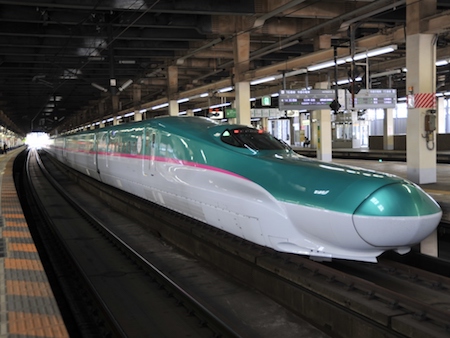Magnetic braking

High speed trains often use magnetic brakes as opposed to frictional brakes to slow the trains down. Let’s explore how that could work.
Consider a solid spinning wheel of conductivity $\sigma$ and thickness $d$. A uniform field $B_0$ is applied perpendicular to the surface of the wheel over a small area $A$ located a distance $s$ from the axis. Determine the torque on this disk (you might want to make some approximations).
If you are desiging a braking system for a train, estimate how high $B_0$ should be for this kind of brake to be functional. Given a magnet size of 20 cm$^2$ per brake. (“Estimate” here means just that – make some reasonable guesses about the various parameters you need. Think about real trains in the real world! Order of magnitude is what we’re after. Do you foresee any problem as the car slows down?
How does this analysis fit with what you know about magnetic force and work?